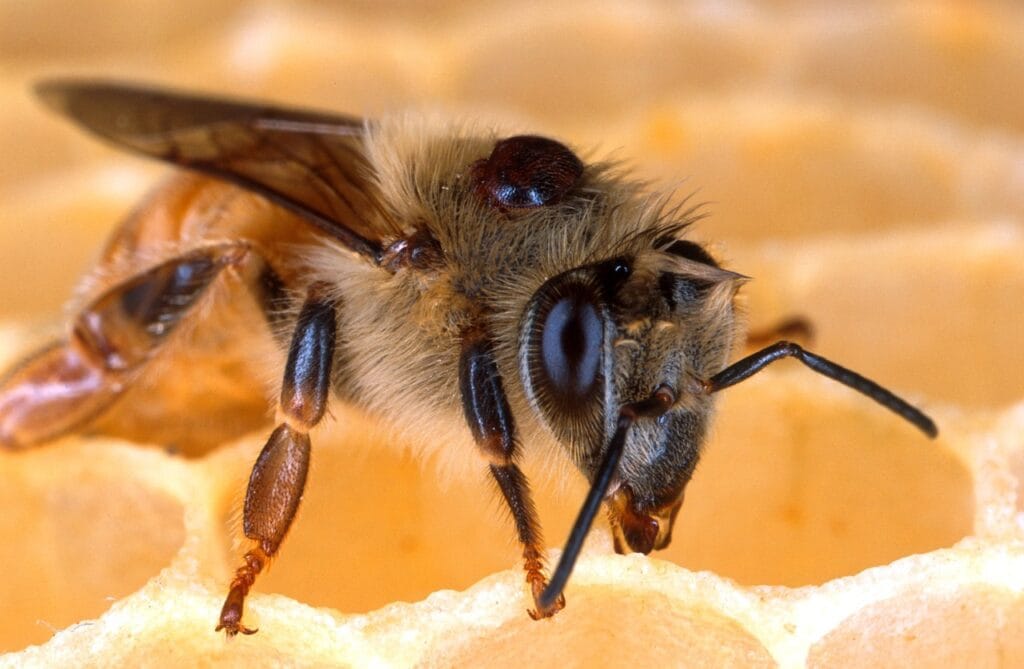How do oral and topical treatments for Varroa mites differ in method and effectiveness?
Oral and topical treatments for Varroa mites differ both in how they are applied to bees and their effectiveness in controlling mite populations:
Topical Treatments
- Method: These are applied directly to bees or mites, often as sprays, vapors, or contact powders. Common examples include oxalic acid vaporization, lactic acid sprays, and essential oil preparations (like thymol tablets or gels placed in the hive).
- Effectiveness: Research shows topical contact treatments can provide very high Varroa kill rates—often 80–99%—if used correctly and especially when the colony is broodless (since many topical agents cannot reach mites under capped brood)[1][2]. For example, a 10% propolis extract sprayed directly on bees killed up to 100% of mites within hours and was harmless to the bees themselves; lactic acid sprays and oxalic acid vaporization are similarly effective when applied as directed[1][3][2].
- Limitations: Topical treatments are most effective against mites on adult bees (phoretic mites) and less so against those hiding under sealed brood caps. Application technique, temperature, and hive brood status greatly affect outcomes.
Oral Treatments
- Method: These involve mixing the treatment with syrup or candy that bees consume (e.g., some experimental uses of natural substances like propolis or new RNAi-based designs).
- Effectiveness: Oral treatments for Varroa control are generally less effective and less widely used than topical/contact methods. Studies show that while some compounds may be delivered orally, propolis fed in syrup, for example, was associated with negative impacts on bee physiology (such as reduced fat bodies and gland development) and is not as potent against Varroa as topical application[1].
- Limitations: Oral delivery poses a risk to bee health at effective concentrations, and there’s limited evidence of strong efficacy against Varroa mites compared to topical/contact methods. Modern RNAi-based “oral” treatments show promise but are not yet mainstream and require more research and regulatory approval[4].
Summary Table
| Treatment Type | Application | Effectiveness (Varroa kill) | Notes |
| Topical | Spray, vapor, gel, contact tabs | High (80–99% if used right) | Best for phoretic mites; safest when broodless |
| Oral | Mixed with syrup or food | Variable, usually lower | Less effective; may harm bees at high doses |
Key Points
- Topical treatments (oxalic acid, lactic acid, thymol, propolis sprays) are generally more effective, faster acting, and safer for bee health when applied per label directions[1][2].
- Oral treatments are rarely used due to lower efficacy and higher risk to bees at concentrations needed to kill mites[1].
- Always consider the presence of capped brood (where mites may be protected) and follow up with repeated or integrated treatments for optimal control[2].
Summary
In practice, most beekeepers use topical treatments as the frontline non-chemical control of Varroa mites due to their superior method and effectiveness[1][2][3].
⁂
- https://pmc.ncbi.nlm.nih.gov/articles/PMC10816108/
- https://www.bobsbeekeeping.com.au/image/bee-resources/varroa-treatment-options.pdf
- https://www.biorxiv.org/content/10.1101/2025.02.14.638256v1.full-text
- https://pmc.ncbi.nlm.nih.gov/articles/PMC11276693/
Ad – Amazon Associate Store












